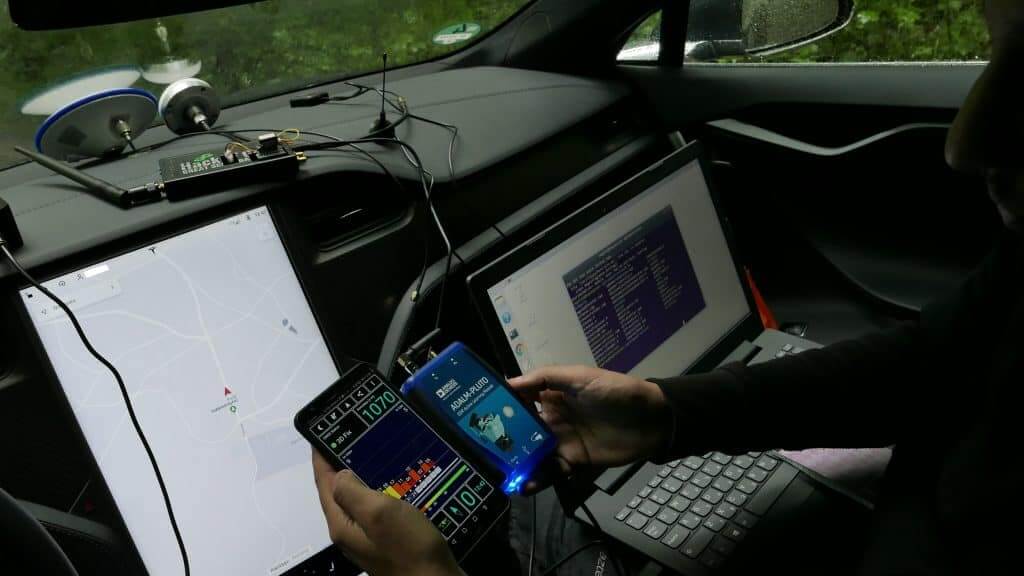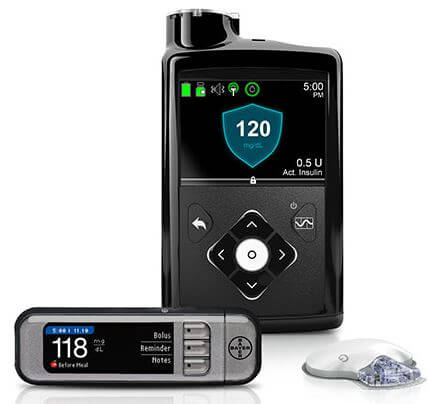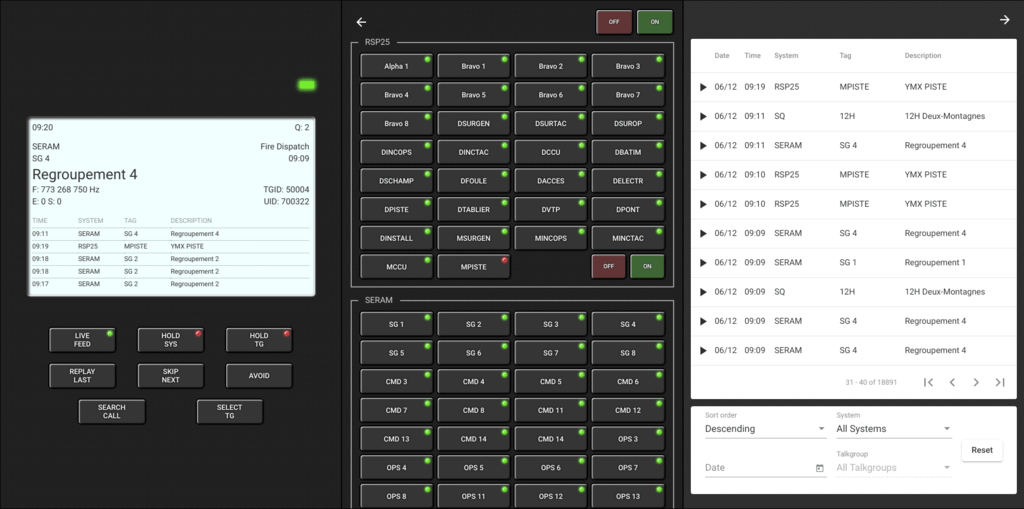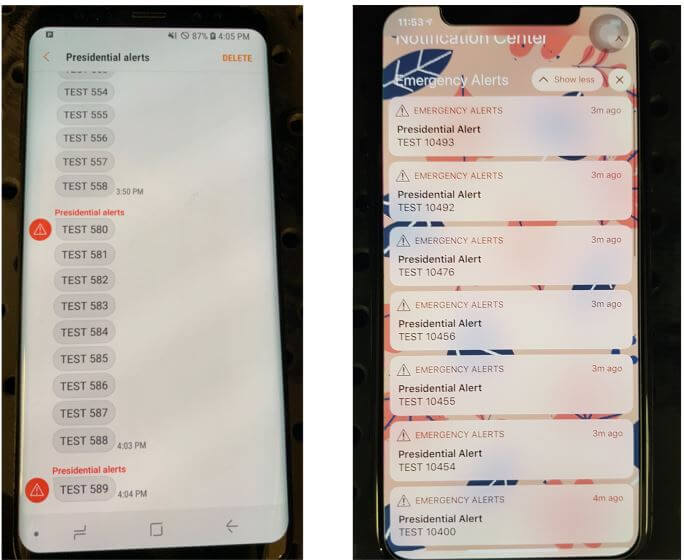Tracking Company Jets with ADS-B to Give an Edge to Hedge Fund Investors
Financial news site Bloomberg recently ran an article about how hedge fund managers are using ADS-B to track private company aircraft in order to help predict the next megadeal between companies. They explain with an example:
In April, a stock research firm told clients that a Gulfstream V owned by Houston-based Occidental Petroleum Corp. had been spotted at an Omaha airport. The immediate speculation was that Occidental executives were negotiating with Buffett’s Berkshire Hathaway Inc. to get financial help in their $38 billion offer for rival Anadarko Petroleum Corp. Two days later, Buffett announced a $10 billion investment in Occidental.
There’s some evidence that aircraft-tracking can be used to get an early read on corporate news. A 2018 paper from security researchers at the University of Oxford and Switzerland’s federal Science and Technology department, tracked aircraft from three dozen public companies and identified seven instances of mergers-and-acquisitions activity. “It probably shouldn’t be your prime source of investing information, but as a feeder, as an alert of something else what might be going on, that’s where this work might be useful,” says Matthew Smith, a researcher at Oxford’s computer science department and one of the authors.
"Alternative data" collection firms like Quandl Inc. have services like "corporate aviation intelligence", where they use ADS-B data to keep tabs on private aircraft, then sell their data on to hedge funds and other investors who are hoping to gain an edge in the stock market.
Popular flight tracking sites that aggregate ADS-B data like FlightAware and FlightRadar24 censor data from private jets on their public maps upon the request of the owner, but it's not known if they continue to sell private jet data on to other parties. ADS-B Exchange is one ADS-B aggregator that promises to never censor flights, however the data is only free for non-commercial use. The value from using companies like Quandl is that they probably have a much more accurate database of who each private jet belongs to.
The Bloomberg article also mentions another use case for tracking private flights, which is tracking the movements of known dictators via their private jets. We previously posted an article about this too. We've also in the past seen ADS-B data used to track world leaders, and help United Nations advisers track flights suspected of violating an arms embargo.
ADS-B data is typically collected these days with a low cost SDR like the RTL-SDR. We have a tutorial on setting up your own ADS-B home tracker here.





